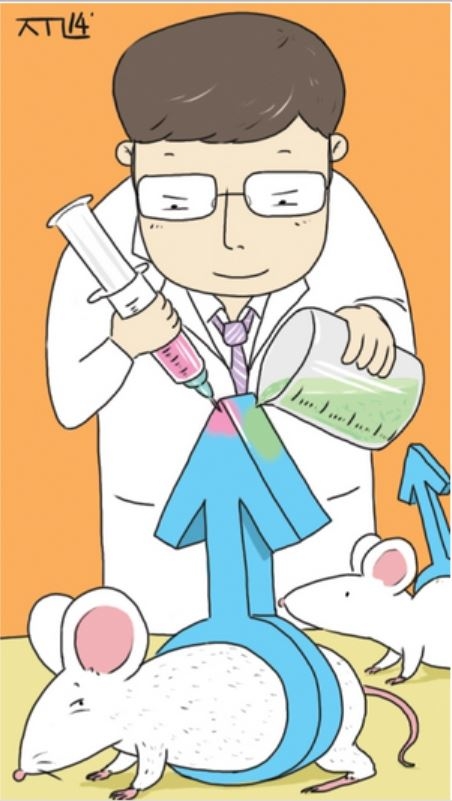A new road map for science and technology needed
The Gender Summit to be held in Korea next year

In male-dominated fields of science and technology, “Gendered Innovations” projects that use sex and gender analysis have started to gain popularity. Initiated by the U.S. and Europe, Gendered Innovations is highly likely to take root in Korea as well. If so, researchers are expected to become more gender-responsible, reducing socially harmful effects caused by faulty research results.
In 2010, Science, the world-class magazine, reported that 8 out of 10 drugs that were withdrawn from the U.S. market were life-threatening, particularly for women. That was because researchers failed to use samples of both male and female animals in clinical trials for new drugs. Indeed, experiment designs for many research areas, except for reproduction, do not take female menstrual cycle into consideration. Such gender bias can be found across sectors in science and technology.
By definition, Gendered Innovations harnesses the creative power of sex and gender analysis in basic and applied research to promote research quality. Stanford University, National Science Foundation, and the European Union have embarked on Gendered Innovations projects, allowing both private and public institutes to identify gender bias and understand how it operates in around 20 areas including the production of new drugs, new cars, and biology textbooks. Project Director Londa Schiebinger from Stanford University summarized Gender Innovations methods as ‘Fix the Numbers of Women, Fix the Institutions, and Fix the Knowledge.’
On March 17, the publication of a research paper, “R&D innovation methods to use gender analysis in science and engineering,” signaled the start of Gendered Innovations projects whose implementation has been discussed among female scientists and engineers. Commissioned by the Center for Women in Science, Engineering and Technology, Seoul National University-Industry Collaboration Foundation reported 7 promising Gendered Innovations projects that have been carefully selected in consideration of advice from renowned scholars both home and aborad.
For instance, researchers conceived a design to produce respiratory masks customized for women whose lung capacity is 20-25% lower than that of men and whose facial features are different from those of men. The mask would be equipped with a filter system to resolve gender differences in lung capacity.
For another example, women’s menstrual cycle would be reflected in the treatment of colorectal cancer which has a high incidence in women aged 65 or above.
As for depression and suicide, women have high tendency to develop depression or make suicide attempts. However, actual suicidal rate is higher in men. In accordance with such trend, policies for suicidal prevention and treatment will be designed.
Last but not least, women friendly concepts will be introduced in school curriculums to boost female participation in engineering.
President Baik Heeyoung of the Center who directed the research said “The seven projects have initiated Gendered Innovations in Korea.” She highlighted the importance of using sex and gender analysis and research findings to improve regulations on the management of national R&D projects and the registration of papers with professional academic journals. In addition, she took note of the significance of developing Gendered Innovations cases further.
The Gender Summit 2015 Asia-Pacific will be held by the Center in fall next year. The Summit will mobilize researchers and experts to share Gendered Innovations cases and to spark discussions over the need to promote gender equality in science and technology in Asia-Pacific.

